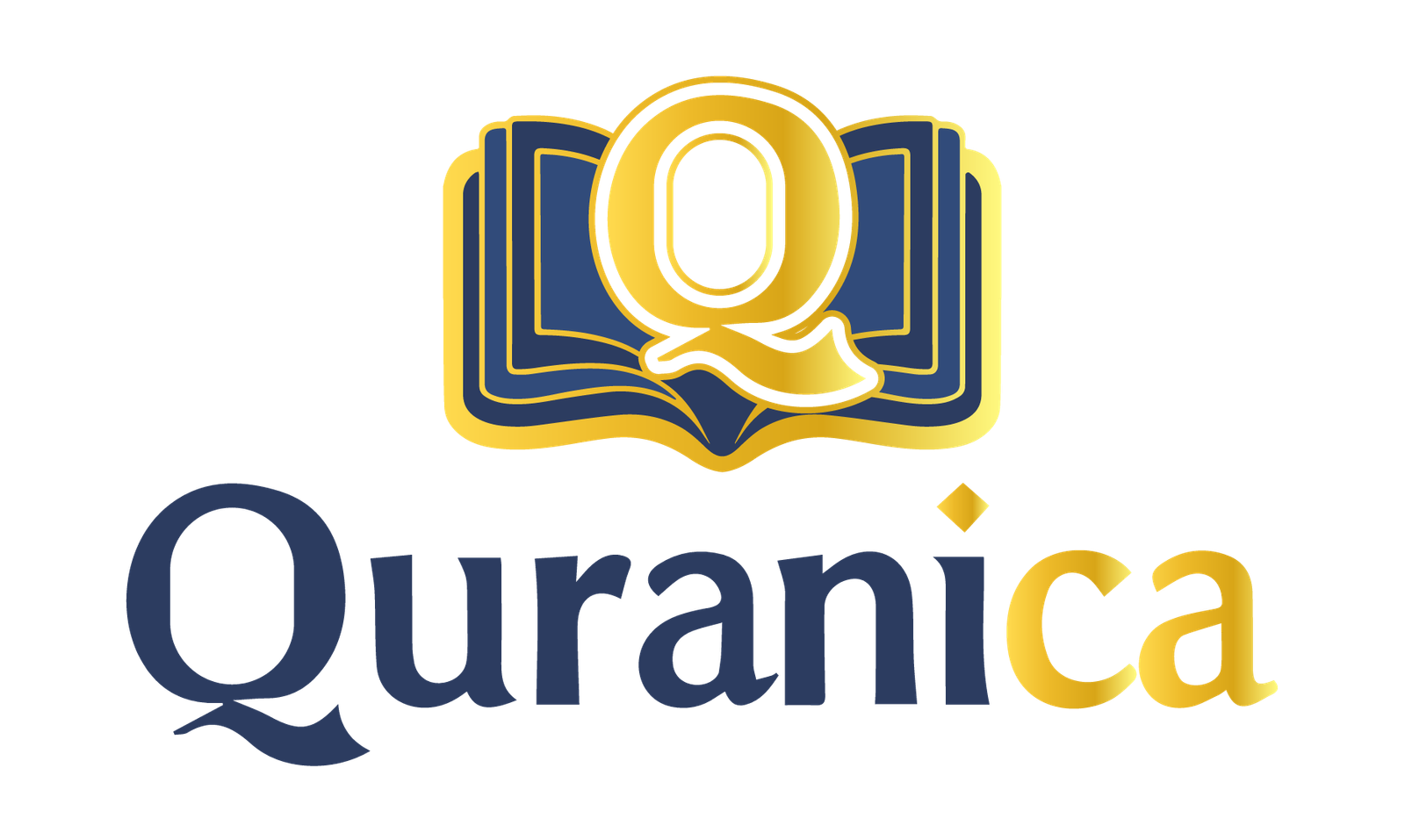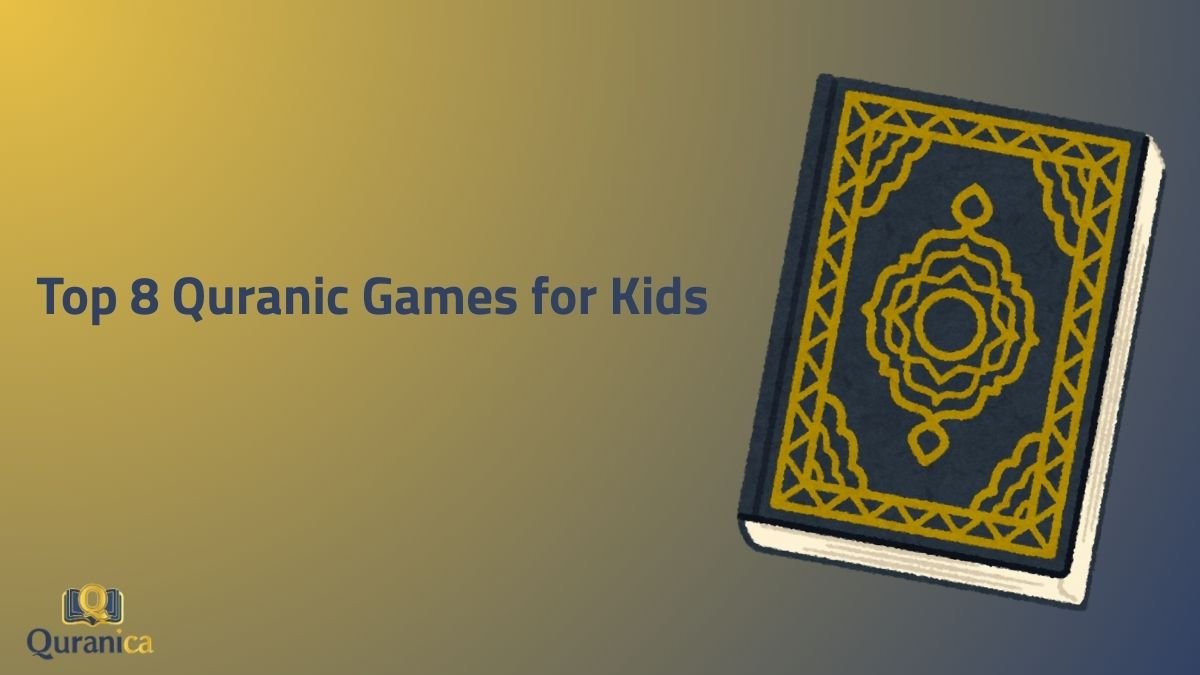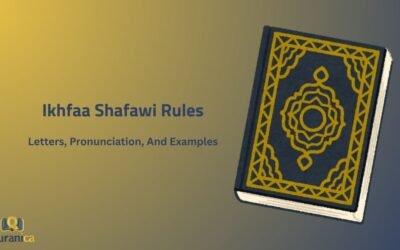Quranic games transform learning into an engaging experience, helping kids memorize verses, understand meanings, and grasp Tajweed through fun activities like puzzles, quizzes, and story sequencing.
Now, when I say “games,” I don’t mean regular playing around. Think of these more like special, structured times where children can interact with the Quran in a way that feels fun and helps them understand and love it more.
When we talk about “quranic games for kids,” we mean carefully designed activities that help children learn different aspects of the Quran.
This could be anything from recognizing words to understanding basic meanings, or even getting familiar with the beautiful rhythm and rules of Tajweed.
The main idea is to move away from just rote memorization and bring in a sense of interaction and discovery.
This way, children become active participants in their learning journey, making it more effective and enjoyable.
Let’s explore some of these beautiful engagements together.
1. “Verse Completion Challenge” Quranic Game for Kids
This is a simple but effective way to test and reinforce memorization of Quranic verses.
- Start reciting a verse that your child has memorized.
- Pause mid-verse and encourage your child to complete it.
- You can make it a bit more challenging by pausing earlier in the verse or by giving them the first word and asking them to recite the rest of the verse.
Example:
You say: “…إِنَّا أَعْطَيْنَاكَ” (Inna a’taynaakal…)
Your child should complete: “…الْكَوْثَرَ” (…al-Kawthar – Indeed, We have granted you, [O Muhammad], al-Kawthar.) (Surah Al-Kawthar, 108:1)
2. “Where is the Word?” Quranic Game
This one is simple. You pick a short Ayah, something the child is learning or already knows. You write it down, but you miss one or two words. Then, you ask the child, “Where is the missing word?”
Let’s take a verse from Surah Al-Ikhlas (Chapter 112). You can write it as:
“قُلْ هُوَ ٱللَّٰهُ أَحَدٌ * ____ ٱلصَّمَدُ * لَمْ يَلِدْ وَلَمْ ____ * وَلَمْ يَكُن لَّهُۥ كُفُوًا ____”.
Your child would then need to fill in the missing words: ٱللَّٰهُ, يُولَدْ, أَحَدٌۢ.
Why this is good: It makes them think about each word and helps them keep the Ayah in their memory.
To make it more fun: You can make it like a little race between your children, or give them a small treat when they get it right.
3. Connecting Quranic Arabic Words with Their English Translations
This “meaning match” Quranic game is fantastic for building vocabulary.
Choose a set of common words from a Surah your children are learning. Write the Arabic words on one set of cards and their English translations on another set.
Then, mix the cards and have the children try to match the Arabic word with its correct meaning.
For example, from Surah Al-Asr:
Arabic Cards:
- وَالْعَصْرِ
- إِنَّ الْإِنسَانَ
- لَفِي خُسْرٍ
- إِلَّا الَّذِينَ
- آمَنُوا
- وَعَمِلُوا الصَّالِحَاتِ
- وَتَوَاصَوْا
- بِالْحَقِّ
- وَتَوَاصَوْا بِالصَّبْرِ
English Cards:
- By time,
- Indeed, mankind
- is in loss,
- Except for those who
- have believed
- and done righteous deeds
- and advised one another
- to truth
- and advised one another to patience
You can lay all the cards face down and have the children take turns flipping two cards to find a match.
This makes learning vocabulary interactive and fun. As they get better, you can increase the number of words.
4. “Build the Surah” Activity Blocks
This hands-on activity is perfect for younger children who are learning shorter surahs. It combines physical play with Quran learning.
- Choose a Short Surah: Surah Al-Kawthar or Surah An-Nasr are good choices.
- Write on Blocks: Write each word of the surah on a separate building block.
- Mix the Blocks: Mix up the blocks so they are not in order.
- Rebuild the Surah: The child has to arrange the blocks in the correct order to “build” the surah.
- Read Together: Once the surah is built, read it together, pointing to each word on the blocks.
Example: For Surah Al-Kawthar (Quran, 108:1-3): “Inna a’taynaka al-kawthar” (إِنَّآ أَعْطَيْنَٰكَ ٱلْكَوْثَرَ) , each word (“Inna,” “a’taynaka,” etc.) would be on a separate block.
Read more about: The Quranic Arabic
5. Quranic Question and Answer
This is a simple but effective activity. You ask children questions about the Quran, and they try to answer them. The questions can be about stories, meanings of words, or general knowledge about the Quran. For example:
- “Who was swallowed by a whale?” (Prophet Yunus, peace be upon him)
- “What is the meaning of ‘Al-Fatiha’?” (The opening)
- “Which Surah speaks about the story of the elephant?” (Surah Al-Fil)
You can even make it a “quiz” with points and rewards. This helps reinforce their understanding of the Quran.
6. “Story Sequencing” Quranic Game
The Quran is full of beautiful and important stories. This activity helps children understand the sequence of events in these stories.
Choose a story from the Quran that the child is familiar with.
Write down key events from the story on separate pieces of paper, but not in the correct order. Ask the child to arrange them in the correct sequence.
For example, the story of Prophet Yusuf (Joseph) عليه السلام. You could have events like:
- Yusuf’s brothers threw him into a well.
- Yusuf’s father, Ya’qub (Jacob) عليه السلام, loved him very much.
- Yusuf interpreted the king’s dream.
- Yusuf was sold as a slave in Egypt.
- Yusuf became a high official in Egypt.
The child would then need to put these events in the correct order.
This helps them understand the narratives in the Quran and learn important lessons from them.
Making it more engaging: You can use pictures to represent the events, making it more visually appealing for younger children. You can also encourage them to retell the story in their own words after sequencing the events.
7. “The Beautiful Names” Quranic Game
This activity focuses on learning Allah’s beautiful names (Asma-ul-Husna).
How it works:
- Choose a Few Names: Start with a few of Allah’s names that are easy for children to understand, such as Ar-Rahman (The Most Merciful), Ar-Raheem (The Most Compassionate), Al-Khaliq (The Creator).
- Explain the Meaning: Explain the meaning of each name in simple, child-friendly language. Use real-life examples to illustrate the meaning.
- Create Flashcards: Make flashcards with the name written in Arabic on one side and the meaning in English (or your child’s native language) on the other.
- Play a Matching Game: Use the flashcards to play a matching game, where the child has to match the Arabic name with its meaning.
- Find Examples in the Quran: Look for examples of these names in the Quran. For example, Ar-Rahman and Ar-Raheem appear in the Basmala:
(بِسۡمِ ٱللَّهِ ٱلرَّحۡمَـٰنِ ٱلرَّحِیمِ)
[Al-Fatiha: 1]
“In the name of Allah, the Most Merciful, the Most Compassionate.” - A Glimpse at Root Words: Explain that both (ٱلرَّحۡمَـٰنِ) and (ٱلرَّحِیمِ) come from the same root word related to mercy (R-H-M).
Why it’s effective: This is a beautiful way to introduce children to the attributes of Allah and to help them develop a love and connection with their Creator.
Read more about: Quranic Scientific Miracles
8. “Tajweed Color Coding” Game for Kids
This activity helps children visualize and understand basic Tajweed rules.
- Choose a short surah with clear examples of basic Tajweed rules, like Idgham (merging of letters) or Ikhfa (concealing a letter).
- Provide your child with colored markers or pencils.
- Explain a specific Tajweed rule and assign a color to it. For example, you could use red for Ghunna (nasalization) and blue for Idgham.
- Ask your child to color-code the letters in the Arabic text of the surah according to the Tajweed rules they represent.
Example from the Quran (Surah Al-Kawthar, 108:1-2):
(إِنَّآ أَعۡطَيۡنَـٰكَ ٱلۡكَوۡثَرَ)
In the first ayah, the “نَّ” (nna) in “إِنَّآ” shows a clear Ghunna. You would explain this rule and ask your child to color this letter red.
Read more about: Best 5 Engaging Quranic Stories for Kids
Quranica Can Help Your Kid!
These are just a few examples, dear parents. At Quranica, we have many more such Quranic games for kids and activities, and our experienced teachers know how to tailor them to each child’s age and learning style.
Click here to explore our Quran learning courses for kids.
We use creative and effective methods to teach your children:
- Correct recitation with Tajweed for kids.
- Memorization techniques making Hifz achievable and enjoyable for Kids.
- Introducing the meanings of verses in an age-appropriate way.
- Building a strong base for future understanding.
Register Your Kid in Quranica NOW!
Conclusion:
Quranic games provide an innovative way for children to connect with the Quran beyond traditional memorization. These activities transform learning into an interactive experience where kids can recognize Quranic words, understand meanings, and grasp Tajweed rules effortlessly.
Games like Verse Completion Challenge and Where is the Word? reinforce memorization and comprehension by encouraging children to recall missing words and phrases. Matching Arabic words with their English meanings, sequencing Quranic stories, and arranging Surah-building blocks further deepen their understanding while keeping the process fun and engaging.
To nurture a love for the Quran, children can explore Allah’s names through flashcards, test their knowledge with Quranic quizzes, and use color coding to identify Tajweed rules. These hands-on activities make learning dynamic, ensuring kids actively participate in their spiritual journey.








0 Comments